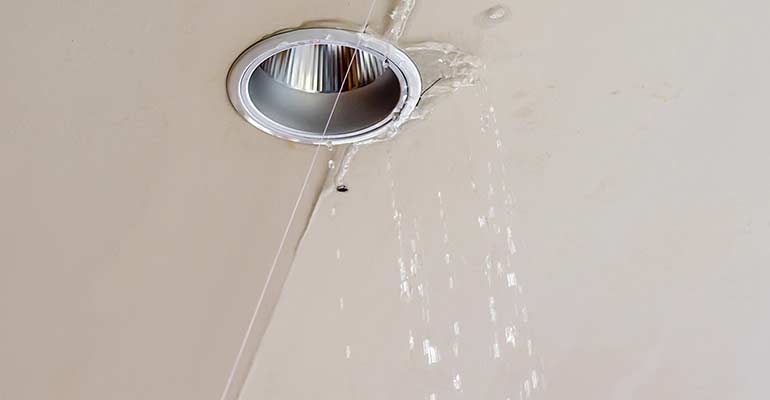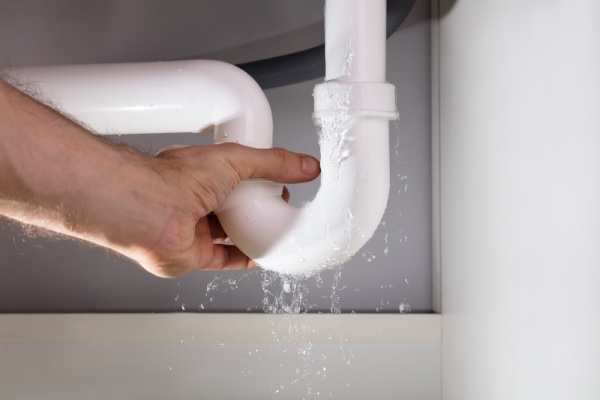Spotting and Handling Bathroom Water Leaks: An In-Depth Exploration
Spotting and Handling Bathroom Water Leaks: An In-Depth Exploration
Blog Article
Are you trying to find content about How to Check for Bathroom Leaks?

Restroom leakages are frustrating as they disrupt your day's plan. They differ in extent depending on the source of the leakage. Yet, you have to prioritize them, as they can quickly intensify. It is an alleviation that the majority of bathroom leaks are easy to repair and spot, with marginal expense ramifications.
Having a water leakage in bathroom can be demanding to the house owner. But taking care of the leakage comes to be an easy issue if you recognize what to do. So, this article is crucial as a residence guide to taking care of a water and also spotting leak in restroom. It does not change the need for specialist experience. The short article serves as a "emergency treatment" when you require an emergency response to a water leakage in bathroom.
Detection and Fixing of Water Leakage in Restroom
Water leakage in restroom typically results from pipes as well as pipe faults. You may need a standard knowledge of these leakage types to spot the water leak in washroom.
Splash Leaks
These commonly result from water splashing on the restroom flooring from the tub. It is a consequence of using a bad shower drape or used bath tub cellular lining. It damages the shower room flooring and may trigger rot to wooden floors and bathroom doors. The water usually swimming pools around the tub or shower. This may cause worse bathroom damage without prompt handling.
What to Do
If the leakage has actually damaged the washroom flooring or door, you may require to transform these to stop further damages. The great information is that you can include a plumbing expert to help with the bathroom fixing.
Bathroom Leaks
Often, water leakages from the commode as well as pools around the commode base. It is an eye sore in the shower room and needs punctual focus. Sometimes, it arises from a loose connection in between the storage tank and the commode. This triggers water to trickle from the cistern to the floor. It might also arise from fractures in the toilet bowl or a malfunctioning shut-off shutoff.
What to Do
If there hang bolts in between the cistern and also bathroom, you just need to tighten them. Sometimes you might need to reapply wax on the gasket or contact a restroom leakage expert to change used or damaged components.
Clogged Shower Room Sinks
Sometimes, the water leak in washroom results from sink blockages. This is often an annoyance to homeowners as well as might be undesirable. Clogs might arise from the buildup of soap scum, hair bits, or particles that clog the drain. It is easy to handle blockages, and also you may not need specialist abilities.
What to Do
You can utilize a drainpipe serpent to remove the debris in the drainpipe and also allow the stationary water circulation. Drain cleansers are additionally readily available in shops and also are very easy to use.
Final thought
Water leaks in the shower room are preventable events in the house. When they do, repair them without delay, or engage the solutions of a specialist.
The short article offers as a "first help" when you need an emergency situation feedback to a water leakage in washroom.
Water leakage in washroom commonly results from plumbing as well as pipeline faults. You may require a basic knowledge of these leak types to identify the water leak in restroom. It damages the restroom flooring as well as might trigger rot to wood floorings and also restroom doors. Often, the water leak in shower room results from sink blockages.
5 Ways You Can Tell There's Water Leaking In The Bathroom
Mold and mildew
The presence of mold or mildew is a big indicator of a water leak. It's not unordinary to see mold or mildew in parts of your bathroom where water accumulates, like showers and sinks, but it's a problem if you notice it growing in other places. Mold grows in places that are moist and dark so it can point you to hidden water leaks.
Read More: https://www.housedigest.com/927314/ways-you-can-tell-theres-water-leaking-in-the-bathroom/If you notice mold or mildew growing on bathroom walls, floors, or ceilings you should be concerned. Other than pointing you in the direction of a potential leaky pipe behind your walls or under your floors, mold is dangerous to your health, according to The Waterworks. Mold can cause an allergic reaction with symptoms like watery eyes, runny noses, sneezing, headaches, and difficulty breathing. Since mold is not only unsightly to look at, but a health hazard it's important to take care of the leak as soon as possible so the mold can be cleaned before it spreads.
Read More: https://www.housedigest.com/927314/ways-you-can-tell-theres-water-leaking-in-the-bathroom/Damaged walls or floors
Unexplainable damage to your bathroom walls and floors is another sign of water leaking. If drywall gets wet it will crumble, bubble, and even warp or break apart. Before you notice your drywall deteriorating you may see the paint blistering or chipping off the wall. Or if you have wallpaper, it will begin to peel off when wet and show water stains.
Read More: https://www.housedigest.com/927314/ways-you-can-tell-theres-water-leaking-in-the-bathroom/Unstable toilet
When you sit on your toilet does it wobble? If it is unstable your toilet potentially has a flange leak, according to The Pink Plumber. Toilets are supposed to sit stable on the bathroom floor and should never be able to be moved around. There are screws that keep the toilet secured down to the floor and a wax ring that connects the toilet to the waste pipe. The wax ring creates a water-tight seal so nothing leaks when water and waste are moving through the toilet. If the wax seal is damaged or worn down it will no longer provide the proper seal, causing a flange leak and allowing wastewater to seep out.
Read More: https://www.housedigest.com/927314/ways-you-can-tell-theres-water-leaking-in-the-bathroom/Wet bathroom cabinets
Wet bathroom cabinets are a sure-fire way to tell if you have a water leak in your bathroom. When your cabinets are wet it is likely because of leaks from sink faucet or water supply lines. You will know that your cabinets are damp if you see any water stains inside the cabinets. If it is a leak from a water supply line The Pink Plumber explains that you will see water dripping out from the connectors or even puddles in the cabinets.
Read More: https://www.housedigest.com/927314/ways-you-can-tell-theres-water-leaking-in-the-bathroom/https://www.housedigest.com/927314/ways-you-can-tell-theres-water-leaking-in-the-bathroom/

I was brought to that report about Leaking Bathroom Repair Expert through an acquaintance on a different site. Are you aware of another person who is enthusiastic about Leaking Bathroom Repair Expert? Feel free to share it. I am grateful for your time. Visit us again soon.
Check It Out Report this page